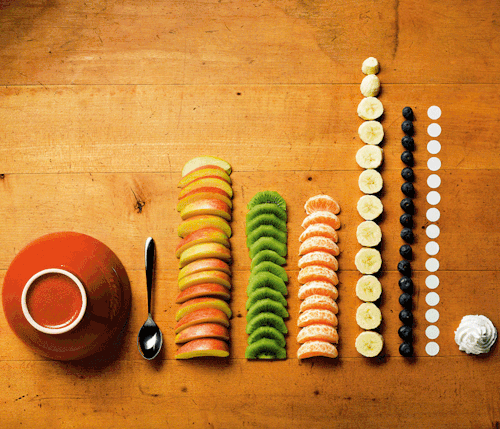Teaching Mathematics
The very first chapter of our given text has given me much insight on how Mathematics should be taught. I particularly like the 6 principles that are listed in this chapter. The authors also put it aptly to say that the excellence in mathematics education involves much more than listing content objectives.
In my opinion I would think that these 6 principles given by NCTM (National Council of Teachers of Mathematics) can actually be paired nicely with our own 6 teaching and learning principles (or more commonly known as iTeach) as stated in the Kindergarten Curriculum Guide by MOE in 2008. Here's how I think they could work together:
1. The Equity Principle from NCTM together with the principle of Holistic Development from iTeach.
The Equity Principle is all about having opportunities and support for children's mathematical learning in all aspects. In the same way, our curriculum guide also advocates for children to be provided opportunities for children’s development and the area of numeracy is also mentioned.
2. The Curriculum Principle from NCTM together with the principle of Integrated Learning from iTeach.
Both principles state that mathematics/ learning experiences should be integrated into whole, interdisciplinary activities rather than isolated as a subject on its own.
3. The Teaching Principle from NTCM together with the principle of Teachers as Supporters of Learning from iTeach.
Parallel to each other, these principles assert that teachers who understand what they are teaching as well as understand how children learn will be able to support and extend children’s learning and thinking.
4. The Learning Principle from NTCM together with the principle of Ample Opportunities for Interaction from iTeach.
Both principles believe that a positive environment that is nurturing allows children to make mathematical/ learning conjectures. A positive environment for learning is one that gives children the space to interact with materials, peers and teachers.
5. The Assessment Principle from NTCM together with the principle of Children as Active Learners from iTeach.
The Assessment Principle states that assessments “include ongoing observation and student interaction” and are not solely based on class tests or quizzes. In the same way, iTeach also recognises that effective learning takes place when children are actively involved in meaningful tasks. The purpose of assessment is for the enhancement of children’s learning.
6. The Technology Principle from NTCM together with the principle of Engaging Children in Learning through Play from iTeach.
The Kindergarten Curriculum Guide states that it is essential for “teachers to provide a senses-rich environment” that would facilitate learning. This principle goes hand in hand with the Technology Principle with the intent of providing the technology/ materials necessary that would enable a child to have increased exploration of the mathematical world.




